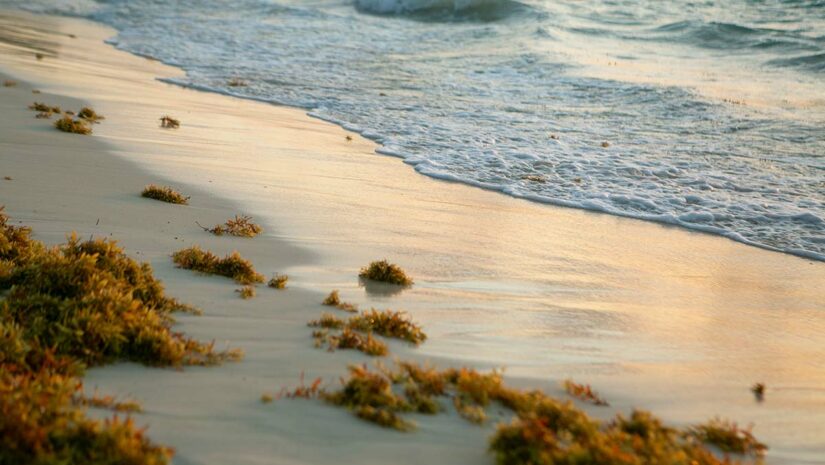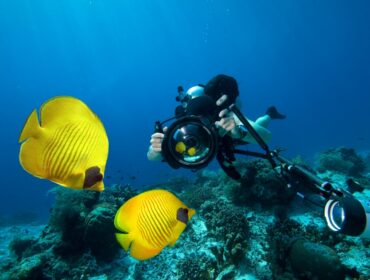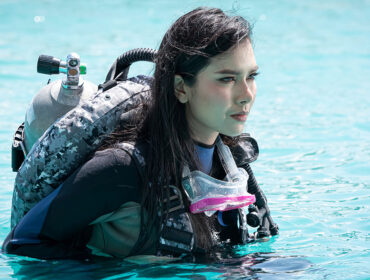Even though all the oceans are interconnected, surprisingly enough, Sea water salinity isn’t the same everywhere around the world. The salinity or salt levels of sea water vary from location to location based on two major factors; the levels of precipitation and evaporation that takes place in that particular region of ocean and secondly the proximity and size of a river emptying out into the ocean.
If there is more evaporation than precipitation then sea water salinity increases since salt is not evaporated into the atmosphere. If there is more precipitation than evaporation then the sea water salinity decreases. Parts of the ocean facing harsh sunlight and little rainfall often contain larger amounts of salt.
Salinity is also impacted in areas where rivers empty out into the oceans, pouring thousands of gallons of fresh water into the sea water decreasing salinity substantially. It is has been said that the Amazon River empties out so much freshwater into the Atlantic that the water for about a mile out from the delta contains almost no salt. Ocean Salinity is also impacted by melting ice, which is why the oceans around the Arctic and Antarctic as icebergs and floes melt.
Salinity of seawater is measured in parts of salt per thousand parts of water. The salinity of seawater is approximately 35 parts of salt per thousand on average and is rather stable in most parts of the world, however in the North Atlantic, South Atlantic, Indian Ocean, the South Pacific, Arabian Sea, Red Sea and the Mediterranean Sea, salinity levels are higher in excess of 36 parts per thousand parts of water. Areas near the Antarctic, Arctic Ocean, Southeast Asia and west coast of North and Central America have less salinity than average at around 34 parts per thousand.
So how does varying seawater salinity affect Scuba Diving?
Well as you know salinity affects a diver’s buoyancy and divers are more buoyant in salt water than in fresh water because salt water is denser than fresh water. Any diver that has been freshwater diving will tell you that the need for weights on their weight belts isn’t as much as the weights required during salt water diving. If a diver is neutrally buoyant with 5 kilograms of weight on his/her belt diving off the coast of South America, will probably require additional weight to gain that same neutral buoyancy while diving in the Red Sea. As a Scuba Diver you will need to be mindful of the region’s salinity you are diving in to adjust for buoyancy changes as applicable.





